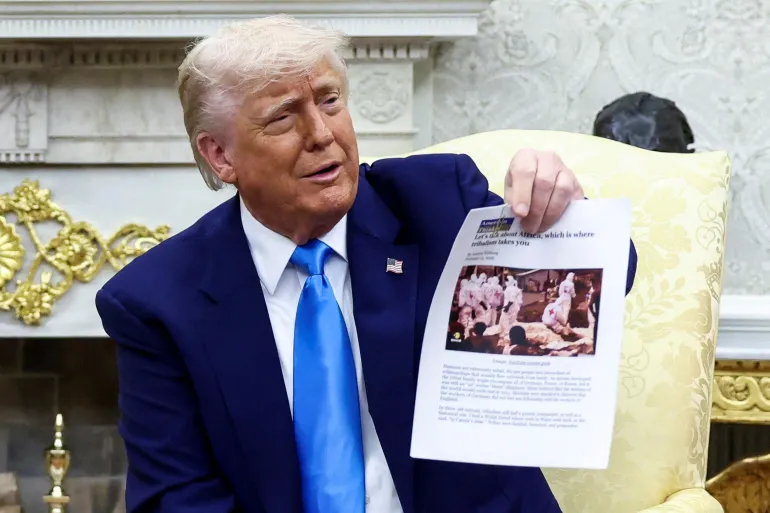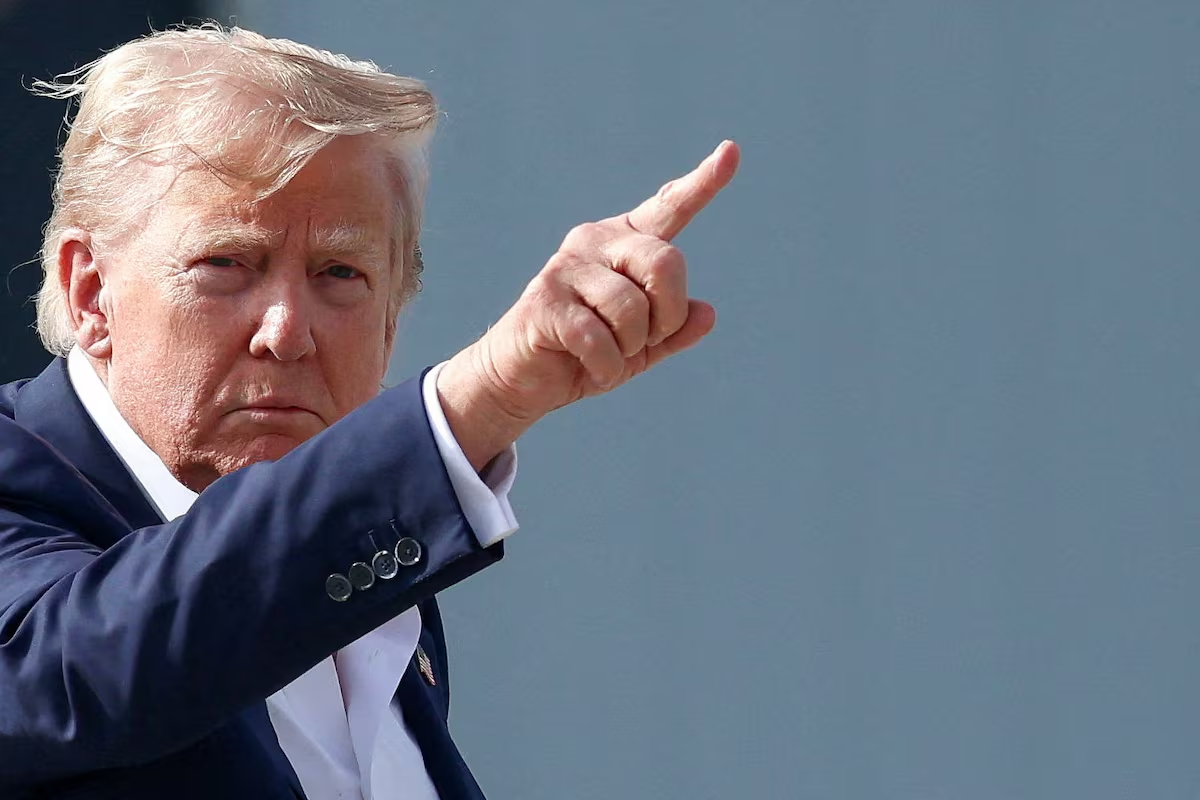Introduction
A meeting between former U.S. President Donald Trump and South African President Cyril Ramaphosa at the White House in 2018 was marked by a tense exchange, highlighting differences in policy and diplomatic approach. The encounter, which took place during Ramaphosa’s state visit, underscored broader tensions between the two nations on issues such as trade, land reform, and foreign policy. This article explores the context of the meeting, the key points of contention, and the implications for U.S.-South Africa relations.
Background: U.S.-South Africa Relations Under Trump
Donald Trump’s presidency (2017–2021) was characterized by an “America First” foreign policy, which often led to friction with traditional allies. South Africa, a key African economic and political power, had a complex relationship with the Trump administration. While the two countries maintained trade and security ties, disagreements arose over issues such as:
-
Land reform in South Africa – Trump criticized the South African government’s push for land expropriation without compensation, a policy aimed at addressing historical inequalities from apartheid.
-
Trade policies – The Trump administration threatened to review South Africa’s trade benefits under the African Growth and Opportunity Act (AGOA) over concerns about intellectual property and market access.
-
Foreign policy alignment – South Africa’s close ties with Russia and China, as well as its voting patterns at the United Nations, sometimes clashed with U.S. priorities.
Against this backdrop, Ramaphosa’s 2018 visit was seen as an opportunity to ease tensions—but the meeting instead revealed deep-seated disagreements.
The Tense Exchange: Key Moments
Reports from the meeting indicated that Trump and Ramaphosa had a blunt and at times confrontational discussion. Key points of contention included:
1. Land Reform and Property Rights
One of the most heated topics was South Africa’s land reform policy. Trump had previously tweeted that the South African government was seizing land from white farmers and that “large-scale killing” was taking place—a claim widely criticized as exaggerated and misleading.
During the meeting, Ramaphosa reportedly pushed back, explaining that land redistribution was a constitutional process aimed at correcting historical injustices. Trump, however, reiterated his concerns about property rights and economic stability, leading to a sharp exchange.
2. Trade and AGOA Benefits
Another sticking point was trade. The Trump administration had threatened to remove South Africa from AGOA, which allows duty-free exports to the U.S., citing concerns over market access for American products. Ramaphosa defended South Africa’s trade policies, arguing that the country was open to fair negotiations.
The discussion reportedly grew tense when Trump suggested that South Africa was taking advantage of U.S. trade benefits without offering sufficient reciprocity.
3. Differing Views on Global Issues
The leaders also clashed over broader geopolitical matters. South Africa’s non-aligned foreign policy, including its relations with Russia and China, was a point of friction. Trump reportedly pressed Ramaphosa to align more closely with U.S. interests, while Ramaphosa emphasized South Africa’s independent stance.
Aftermath and Diplomatic Fallout
The meeting did not result in any major policy shifts, but it highlighted the strained relationship between the two nations under Trump. Key outcomes included:
-
Continued trade tensions – While South Africa retained its AGOA benefits, the Trump administration maintained pressure on trade issues.
-
Mixed messaging on land reform – Trump’s comments on land seizures were widely condemned in South Africa, with critics accusing him of misrepresenting the situation.
-
Diplomatic caution – Ramaphosa’s government adopted a more cautious approach in dealings with the U.S., focusing on multilateral engagement rather than direct confrontation.
Conclusion
The tense exchange between Trump and Ramaphosa reflected broader disagreements between the U.S. and South Africa during Trump’s presidency. While both leaders sought to maintain functional diplomatic relations, their differing views on trade, land reform, and global alliances created friction.
The meeting underscored the challenges of U.S.-Africa relations under an “America First” approach, where economic and political priorities often clashed with African nations’ sovereignty and policy goals. Even after Trump left office, the legacy of these tensions influenced how South Africa engaged with subsequent U.S. administrations, emphasizing the need for balanced and mutually respectful diplomacy.
Final Thoughts
Diplomatic encounters like the Trump-Ramaphosa meeting serve as reminders of how leadership styles and policy differences can shape international relations. While confrontational exchanges may dominate headlines, the long-term impact depends on whether both sides can find common ground—or if ideological divides continue to define the relationship.



